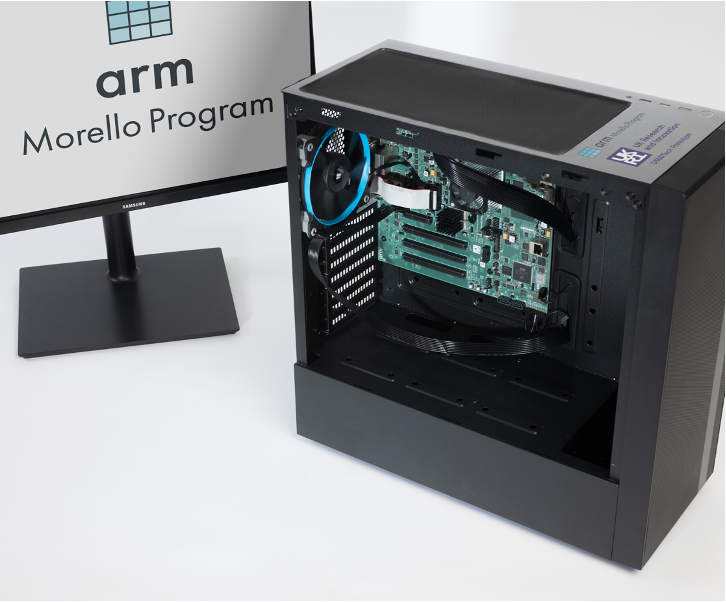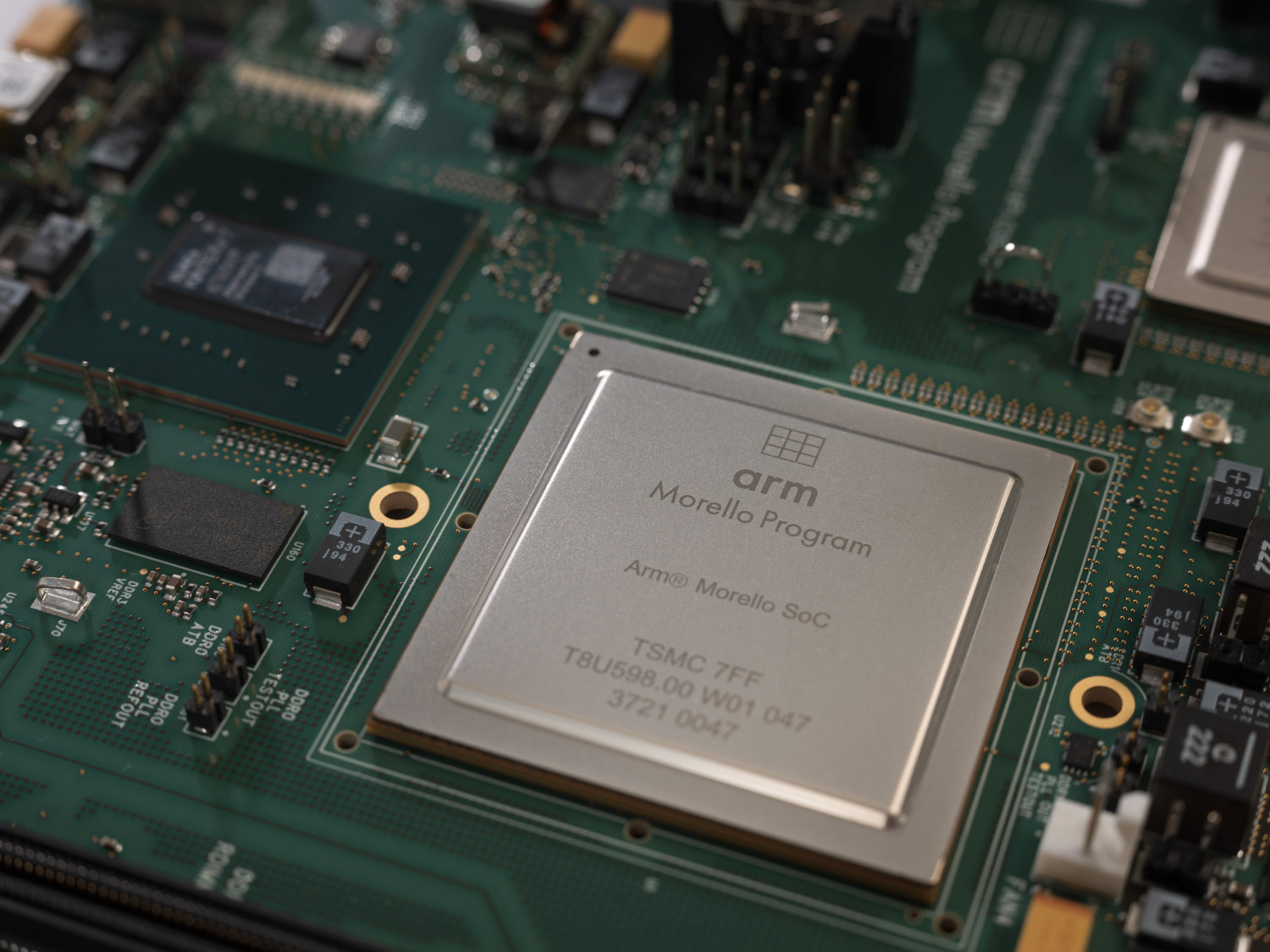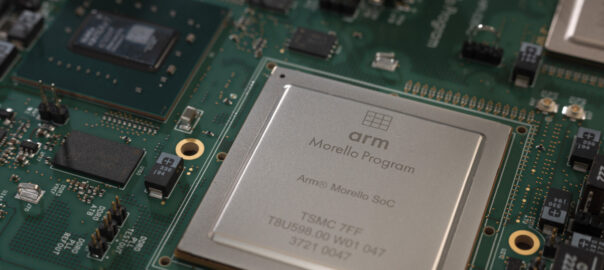Memory safety bugs continue to be a major source of security vulnerabilities, with their root causes ingrained in the industry:
- the C and C++ systems programming languages that do not enforce memory protection, and the huge legacy codebase written in them that we depend on;
- the legacy design choices of hardware that provides only coarse-grain protection mechanisms, based on virtual memory; and
- test-and-debug development methods, in which only a tiny fraction of all possible execution paths can be checked, leaving ample unexplored corners for exploitable bugs.
Over the last twelve years, the CHERI project has been working on addressing the first two of these problems by extending conventional hardware Instruction-Set Architectures (ISAs) with new architectural features to enable fine-grained memory protection and highly scalable software compartmentalisation, prototyped first as CHERI-MIPS and CHERI-RISC-V architecture designs and FPGA implementations, with an extensive software stack ported to run above them.
The academic experimental results are very promising, but achieving widespread adoption of CHERI needs an industry-scale evaluation of a high-performance silicon processor implementation and software stack. To that end, Arm have developed Morello, a CHERI-enabled prototype architecture (extending Armv8.2-A), processor (adapting the high-performance Neoverse N1 design), system-on-chip (SoC), and development board, within the UKRI Digital Security by Design (DSbD) Programme (see our earlier blog post on Morello). Morello is now being evaluated in a range of academic and industry projects.


However, how do we ensure that such a new architecture actually provides the security guarantees it aims to provide? This is crucial: any security flaw in the architecture will be present in any conforming hardware implementation, quite likely impossible to fix or work around after deployment.
In this blog post, we describe how we used rigorous engineering methods to provide high assurance of key security properties of CHERI architectures, with machine-checked mathematical proof, as well as to complement and support traditional design and development workflows, e.g. by automatically generating test suites. This is addressing the third problem, showing that, by judicious use of rigorous semantics at design time, we can do much better than test-and-debug development.
Continue reading Formal CHERI: rigorous engineering and design-time proof of full-scale architecture security properties
